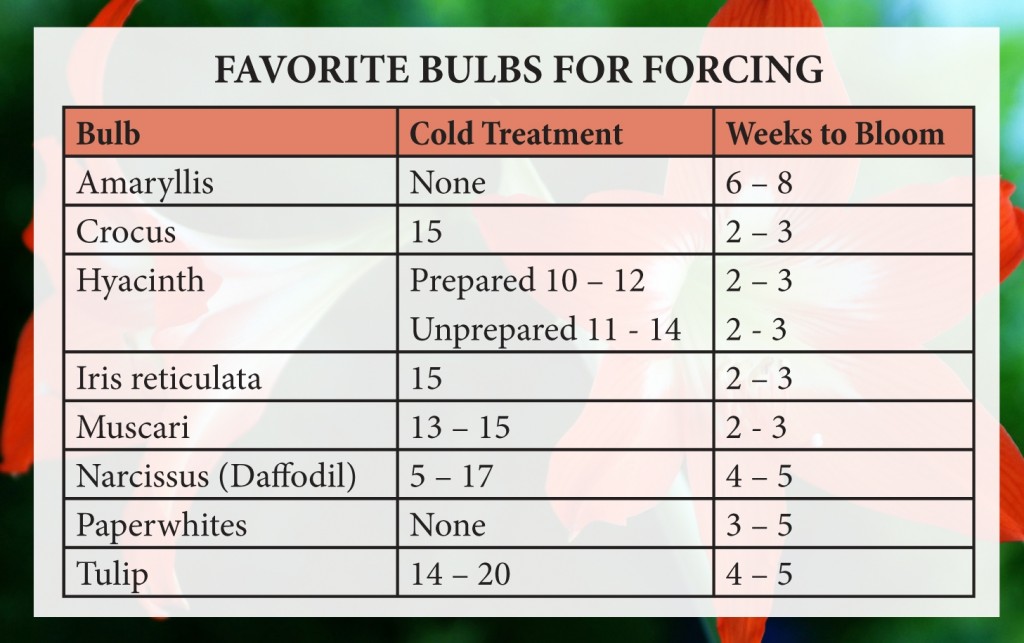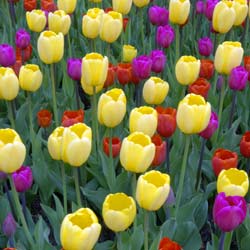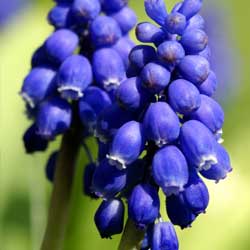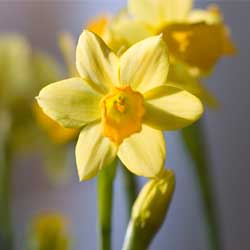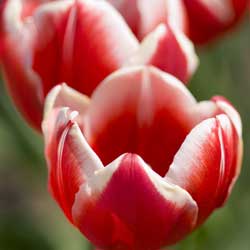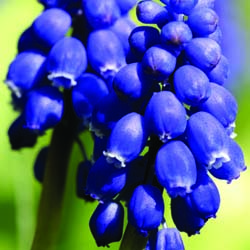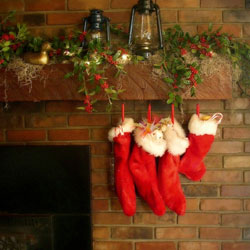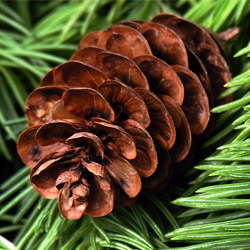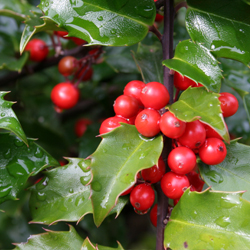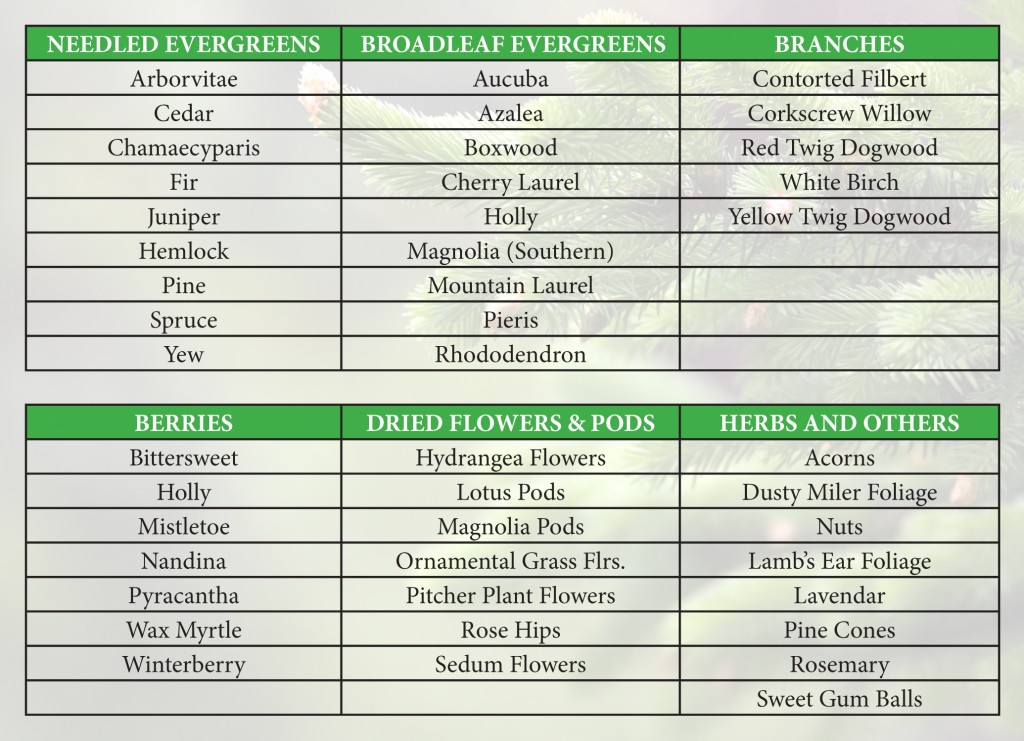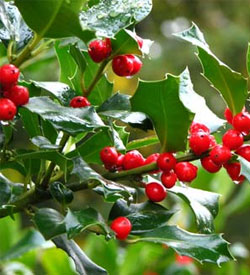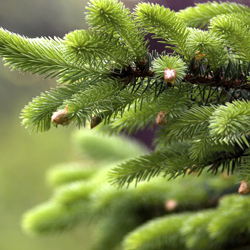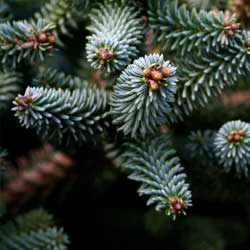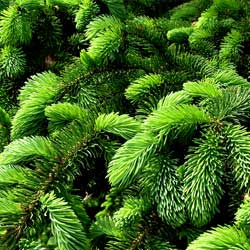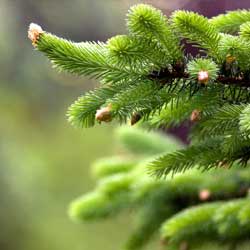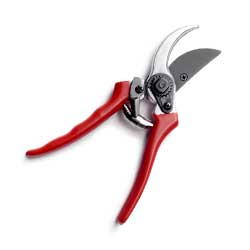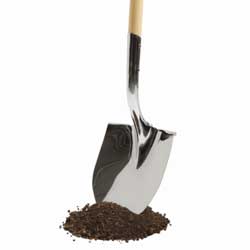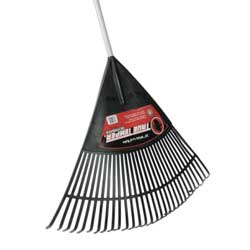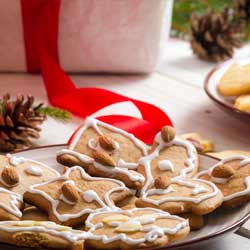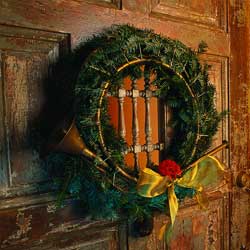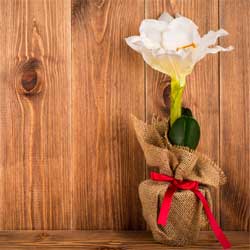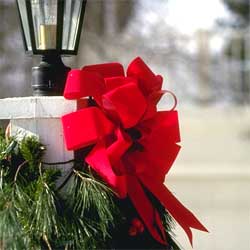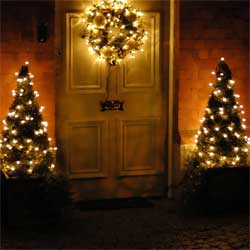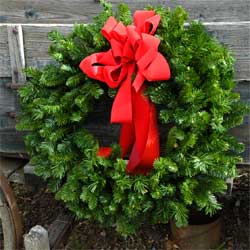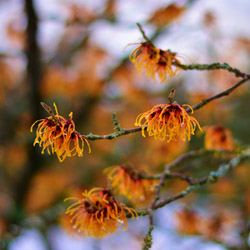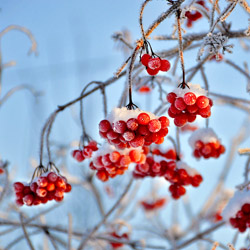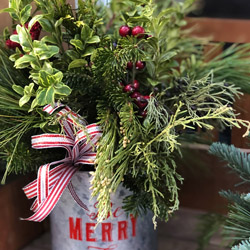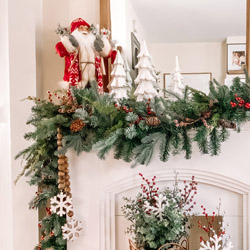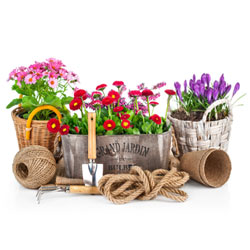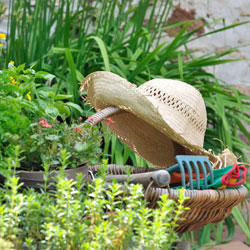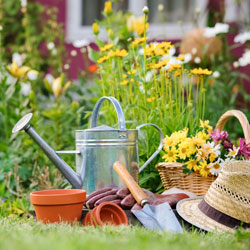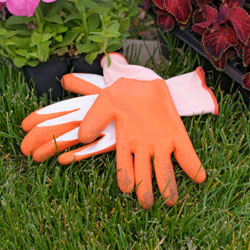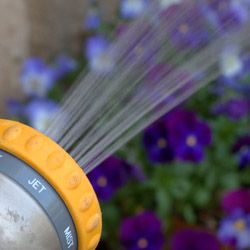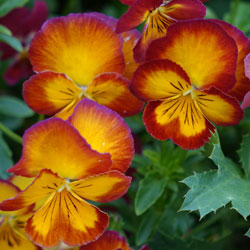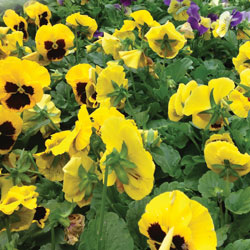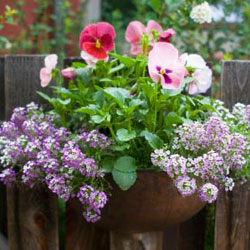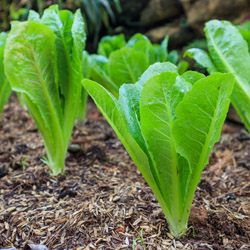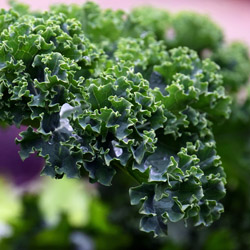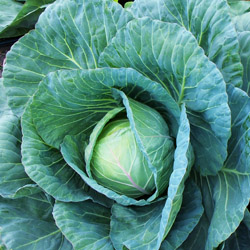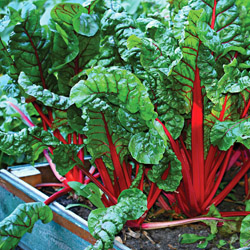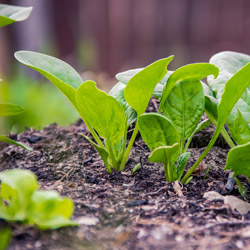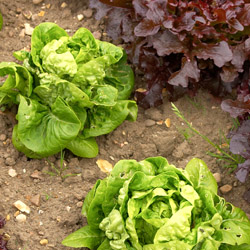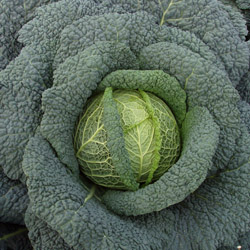There are many delicious greens perfect for the fall garden, and it is easier to grow them than many gardeners realize. There are even ways to extend the autumn growing season to grow your favorite fall greens for extra weeks, giving you healthy, delicious produce to enjoy long after traditional harvests have ended.
Top Greens to Grow in Fall
A wide variety of greens are hardy in fall and can easily be grown in the garden as well as in containers or window boxes. Depending on your tastes and which greens you would use, try these top favorites.
- Lettuce – Different varieties of lettuce, particularly leaf and butterhead types, grow well in fall. Plant lettuce 4-8 weeks before the first frost, in loose soil. For a prolonged harvest, stagger plantings every few days for different maturity dates.
- Kale – A great option for beginning gardeners, kale grows well in loose soil and will taste even sweeter after its leaves have been touched by light fall frost. Plant kale 6-8 weeks before the first frost to allow it to reach its full potential.
- Collards – A popular southern green through fall and winter, collards should be planted 6-8 weeks before the first frost. These greens have a hefty appetite and do best in rich soil. Like kale, the flavor of collards is improved after a touch of frost.
- Mustard Greens – A fast growing option, mustard greens should be planted 3-6 weeks before the first frost. Staggering plantings will increase the harvest yield and ensure an ongoing supply of these peppery-tasting leaves.
- Spinach – Healthy and hearty, spinach will grow best in loose soil and should be planted 4-8 weeks before frost is anticipated. Harvesting the outer leaves will encourage better growth and provide an ongoing supply of deliciousness for salads, soups, and stews.
- Swiss Chard – This colorful green is best started indoors so it can begin to establish solidly before being transplanted outdoors. Start seeds 9-10 weeks before the first frost and transplant seedlings after a few weeks.
- Cabbage – Rich and vigorous, cabbage should be started indoors 6-12 weeks before the first frost. The seedlings should then be transplanted outdoors when they are 3-4 weeks old, and they will rapidly take to the new space and produce a bumper crop.
Of course, if starting greens from seed is not your thing, we carry plenty of starter plants in market packs and flats for your convenience, half the work is already accomplished!
Proper Care for Fall Greens
Regardless of which greens you want to add to your fall garden, they all respond well to similar treatment and care. Before planting, clean out spent summer plants, including unpicked produce, weeds, and other debris, just as you would prep the garden area in the spring. You can position fall greens anywhere in the garden, but they will grow best in rich soil, which you can amend with compost or similar organic material for soil improvement. A light application of balanced fertilizer can help keep the plants well-fed as they grow.
Leafy greens will thrive in full or part-sun locations, though they can benefit from some light shade on hot afternoons in late summer. Planting fall greens in sturdy containers on movable carts or plant stands with casters can give you the option to move the plants around as sunlight levels change through the season. If possible, consider planting at the top of slopes or in raised beds, since cooler air will sink into lower landscaping spots as autumn advances. Taking advantage of the microclimates in your own garden space can dramatically impact your fall gardening efforts.
Keep fall greens well-watered, particularly in late summer or on hotter days that can quickly wilt even the hardiest greens. Adequate spacing of plants will promote good air circulation to minimize the potential for disease.
As the plants grow, you can quickly begin harvesting “baby” leaves even before the plants reach full maturity. Use sharp sheers or tear the leaves off by hand. Thinning out smaller leaves is another way to improve air circulation and keep the plant healthy for a more productive harvest.
Autumn is the exact season when different wildlife guests may be visiting the garden more frequently in search of easy foods. Planting garlic, sage, onions, thyme, lavender, or marigolds around and among your fall leafy greens can deter rabbits and deer protecting your late-season harvest.
Extending the Fall Growing Season
You can get even more from your favorite fall greens when you take steps to extend the growing season later into autumn. This is easily done with row covers, cold frames, or cloches, all of which will help sequester heat to keep the soil warm for more vigorous plant growth. As an added bonus, row covers can also help keep many pests, such as beetles and caterpillars as well as deer and rabbits, from ravaging your fall greens.
Summer isn’t the only season for salad, and if you follow these simple steps you can enjoy a delicious, nutritious harvest long past the warm days of summer. Extending your growing season further into fall by covering your greens is also easily accomplished. Stop by to shop our extensive selection of seed and starter plants. Our knowledgeable staff is waiting to serve you.
